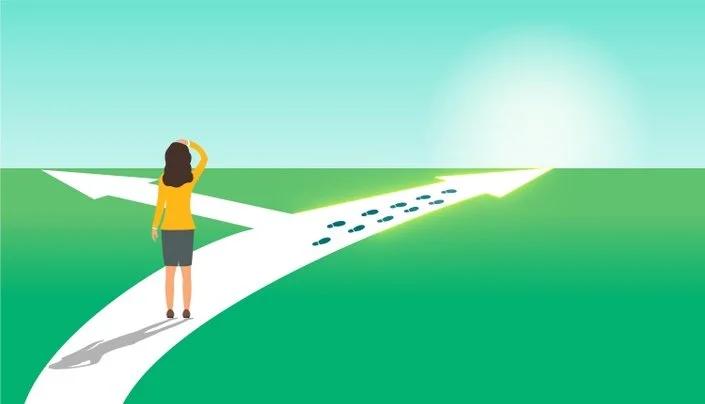Gaming Architecture for Neuroscience
/Can gamification be a design solution that allows us to integrate neuroscience into the design disciplines?
by R.S.Steenblik
With the death of Zaha Hadid, her canceled proposal for the Tokyo Olympics, and the announcement by Chinese president Xi Jinping of “no more weird architecture”, I believe we are at the end of an era. Pragmatism is regaining its footing after the digital revolution has allowed imaginations and buildings to run wild. I believe that there were good ambitions at the heart of such an era. To some degree those ambitions were successful in accomplishing at least part of what it set out to accomplish: inspire people through amazing spaces.
Image by Deezen
I share that ambition. When I was working on my bachelors degree I wrote a somewhat naive ambition: "the environments that I create will be spaces of change for the better. Places where scientific discoveries happen, places where people fall in love, places where great organizations are created, and causes identified and championed. I want to create the places where the next Einstein is taught Newton’s Laws. Where his E=mc2 is epiphanized." This statement reminds me of Giuseppina Ascione’s ambitious call for a balanced approach to designing using principles of Human Centered Design. From where I sit now, it is easy to get lost in the minutia and to forget what my original motivations were.
The overlap between neuroscience and architecture provides a small glimpse back into my initial ambition. In order to get there, I believe that questions about the logistics or the process of a neuroscience / architecture collaboration are on the minds of thinkers and practitioners around the world.
Often, the more experts that are involved the more inefficient the process becomes. Yet as a person who appreciates complexity, I imagine the perfect client who would be willing to bring experts on from many disciplines to capture the nuances from each background to achieve magnificence: All the standard architectural consultants plus and UX designer, human dynamics engineer, ergonomics engineer, industrial designer, Historian, Artists, Neuro/physiological expert, Data scientist, Urban Planner, Feng Shui expert, cyclical ecologist, etc.
Yet such an accumulation might infer that a government agency with all of its bureaucratic processes would have to be behind it. It could easily become a never ending project that doesn't actually do what you had hoped (or possibly at an inflated cost). Another approach might be presenting itself through gamification and peer to peer problem solving. Can gamification be a design solution that allows us to integrate neuroscience into the design disciplines?













